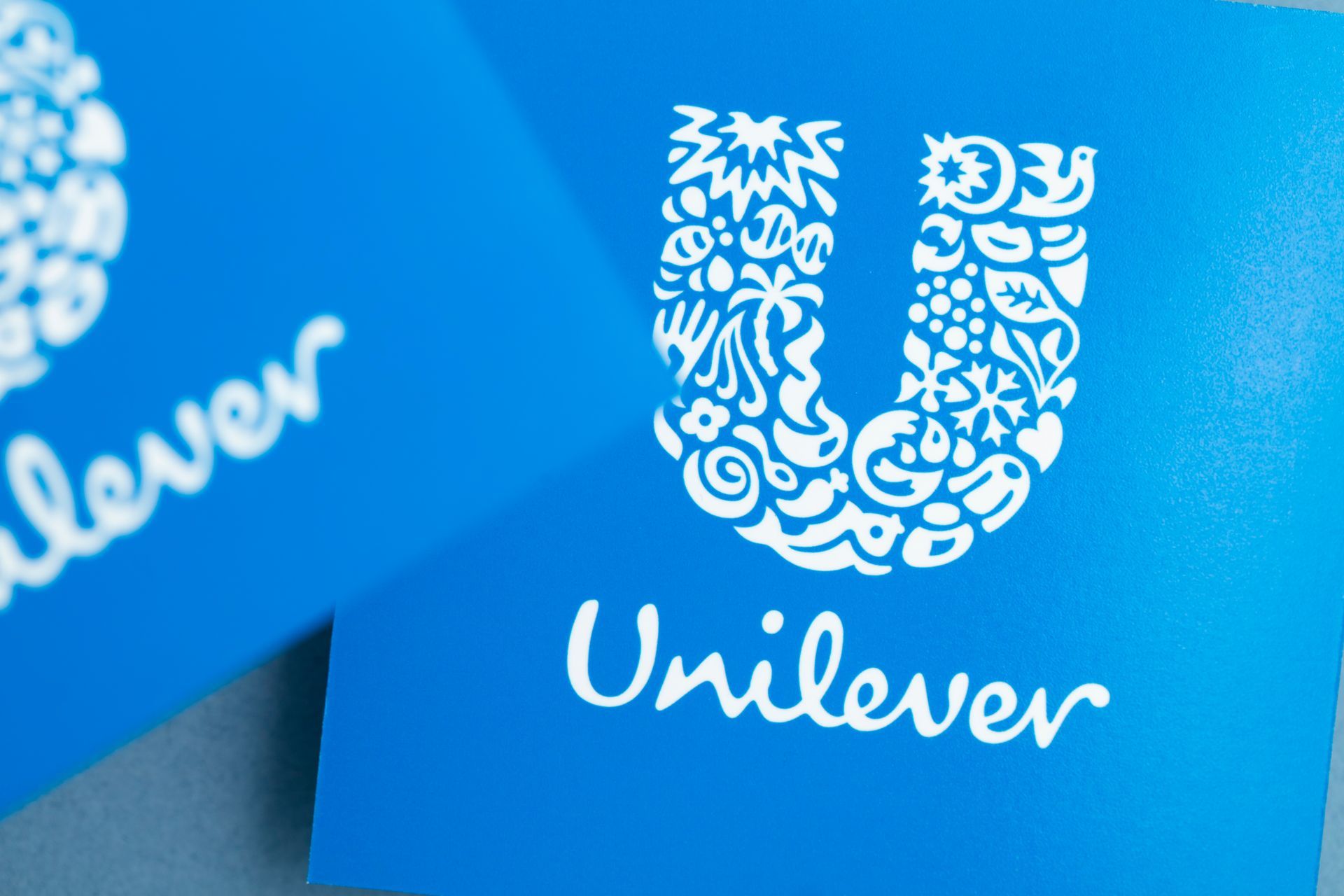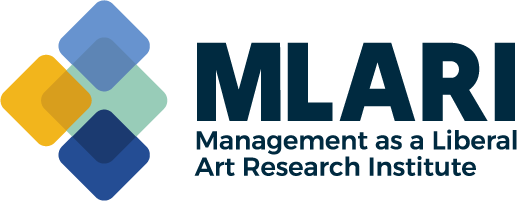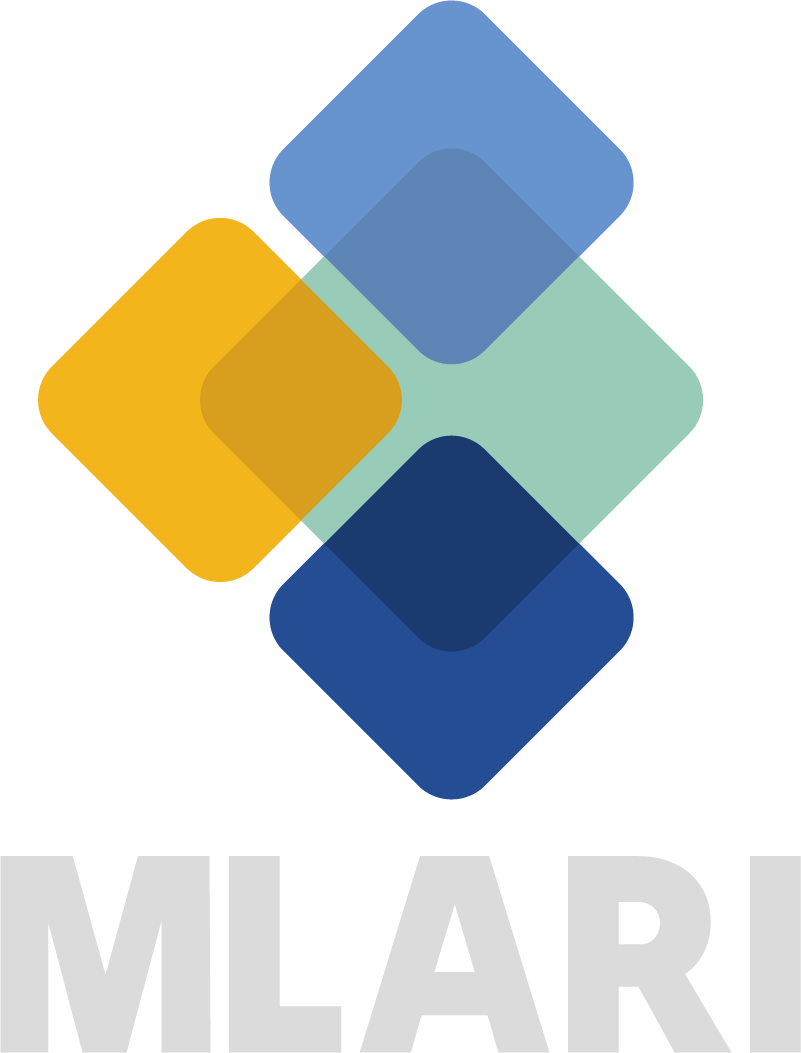Peter Drucker’s Most Frequent Comment
PUBLISHED:
Drucker said and wrote so much that was wise, profound, valuable, and witty that he may have more quotes attributed to him than any other management thinker of modern times. However, the most frequent comment he made during my acquaintance with him was “What everyone knows is usually wrong.” His continued use of this phrase clearly meant that he not only believed it strongly, but considered it important. Yet until I wrote it in my first book about Drucker, A Class with Drucker, I never saw it in print.
Drucker was Right
Through repetition I finally began to think more deeply about what his words really meant. This simple statement is not only true; it is immensely valuable in a variety of instances, especially now when various questionable comments are expressed as fact on TV and elsewhere. What Drucker wanted to emphasize was that we must always question all assumptions no matter from where they originate or how obvious they may first appear. This is especially true regarding anything that a majority of people “know” or assume without analysis or further questioning. This “knowledge” should always be suspect and needs to be examined much more closely, because in a surprisingly high percentage of cases, the information “known to be true” will turn out to be only partially true, inaccurate, or a complete falsehood. This is especially true during a war when one side or another may falsify information to put themselves in a more favorable light, and their adversary in a poor one. If you can get many people to announce something as fact repeatedly, many will believe it because “everyone knows it to be true.”
The current war which Israel is fighting with Hamas terrorists is an example. Hamas terrorists attacked an Israeli group of several thousand partying men, women, and children in a peace celebration without warning, shooting parents in front of their children, raping women, even murdering children by beheading, burning others alive and taking over 200 hostages. We know this to be true, and not only from survivors because Hamas filmed these actions themselves, thinking to intimidate Israelis and others and so released the films of their actions to be shown to the world.
Hamas later announced that Israel had intentionally bombed a major hospital causing hundreds of deaths. The Israelis denied this. They said that likely an errant rocket fired by the Palestinian terrorist group the Islamic Jihad had fallen short and caused the hospital explosion. This was confirmed several days later after U.S. experts and others had examined the data. However, many countries and even many entities in the U.S. including students and professors at prominent universities believed this false information, repeated it, and demonstrated in favor of the terrorists and the false information quickly spread around the world with most never waiting for the results of a close examination of the facts by other parties. By the time the truth of Israel’s complete innocence was known definitively, “everyone knew” that Israel was guilty even though that was false.
Is What Everyone Knows Usually, Sometimes, or Never Wrong?
Of course there are many old “truisms” once thought by everyone to be true, which we laugh at today. “The world is flat” or “The earth is the center of the universe” are typical. If you publicly doubted some of these false facts which “everyone knew” in past centuries, you could be sent to prison or burned as a witch. Many were. The French heroine Joan of Arc is a well-known example.
The ancient Greeks knew that everything was made up of only four elements: earth, air, fire, and water. I don’t think that you got imprisoned or killed for believing otherwise, but you were at the very least thought ignorant.
In modern times we learned that these views were mistaken. When I took chemistry in high school, I learned that a Periodic Table of Elements had been formulated by the Russian chemist and inventor, Mendeleev and that it had been established that there were exactly 93 elements which were arranged by atomic mass. You got an “A” if we could name them all. Had we proposed that there could be more, I am certain that we would have been immediately corrected by our teachers. In the words of Richard Rodgers and Oscar Hammerstein in Oklahoma, things “had gone about as far as they could go.” Today, there are 102 elements, maybe even more --- I didn’t check this morning. And they forgot to tell is that Mendeleev had only envisioned 63 elements . . . the other thirty hadn’t been discovered yet in his time.
Elementary, my dear Watson
For over sixty years we’ve seen a lot in the movies or TV regarding Arthur Conan Doyle’s famous detective, Sherlock Holmes. Everyone knows Sherlock’s most famous utterance was a sentence consisting of only the four words, “Elementary, my dear Watson.” Everyone knows that the famous detective would respond with these words on Dr. Watson’s surprise at a particularly shrewd and unexpected deduction made by Holmes. Maybe everyone knows this, but everyone is wrong. As pointed out by Paul F. Boller, Jr. and John George in their book, They Never Said It (Oxford University Press, 1989), Holmes didn’t utter the immortal words in a single instance in anything ever written by Doyle, not in any of Doyle’s four published novels and fifty-six short stories about the adventures of Sherlock Holmes and his side-kick and physician friend, Dr. John H. Watson. Wherever then did people ever come up with such universally believed, but incorrect bit of knowledge? If not Doyle’s literary character, who did utter these immortal words? It was the English actor, Basil Rathbone playing the part of Sherlock Holmes in Hollywood movies that responded with the famous sentence, not Doyle’s character in anything he ever wrote. These words seemed to fit the character of Holmes perfectly in those days on the silver screen, and though not emanating from Doyle’s creation, it became a known “fact” that it did.
Analyze Every Assumption
Many years ago, I was involved in the selection of one of two designs for a new aircraft from two different companies for the Air Force. The companies were The Boeing Aircraft Company and McDonnell-Douglas Aircraft Company. Those who know this industry also know that the former company eventually acquired the latter, but this has nothing to do with my story here. Both companies proposed modifying one of their standard airline designs, which was already in production and in use.
Periodically we would meet with each aircraft company’s design team individually to assess progress on each company’s proposals, the acceptance of which would be worth hundreds of millions of dollars to the winning contractor.
On one occasion we met to discuss ways in which we might lower the cost of each aircraft. The suggestion came from the McDonnell-Douglas manager (although, getting ahead of my story, it was the other contractor who ultimately won the contract). He said: “You can save several million dollars for each aircraft produced if you will allow us to deviate on the size of the escape hatch by about two inches. That would be the standard size of the hatch of current airliners. They successfully passed all FAA tests with no problems.” I promised to look into his request as it could save a lot of money.
Is the Source Valid?
Both reliability and validity are concepts that come from testing. The validity of a test tells us how well the test measures what it is supposed to measure. It is a judgment based on evidence about the appropriateness of inferences drawn from test scores. But we’re not looking at test scores here, we’re looking at assumptions. So where did this specification in the aircraft design handbook come from? Knowing that source could help me decide whether this specification was valid for the aircraft we now wanted to build. We still hadn’t located the original source for this information.
So, I looked further. I knew that every specification in the aircraft design handbook was referenced as to where it came from and what it was based on. Making this a requirement was good thinking. Usually, they were based on the original tests performed. I asked the engineer to do the necessary research to find out what tests this design specification was based on and when they were accomplished. Surprise, surprise, this specification was based on an aircraft test done with propeller-driven aircraft almost thirty years earlier. That aircraft traveled at about 120 miles per hour. The aircraft we were working on traveled at about 500 miles per hour. Obviously, in this instance, the design specification was not valid. We turned it over to one of our aeronautical designers. He advised us to forget what everyone knew (the design handbook) and the two inches at the air speeds we were anticipating for an emergency bailout would make no difference at all. We took his advice and saved the money. We need to do this with all claims that come with no proof other than “everybody knows.”





